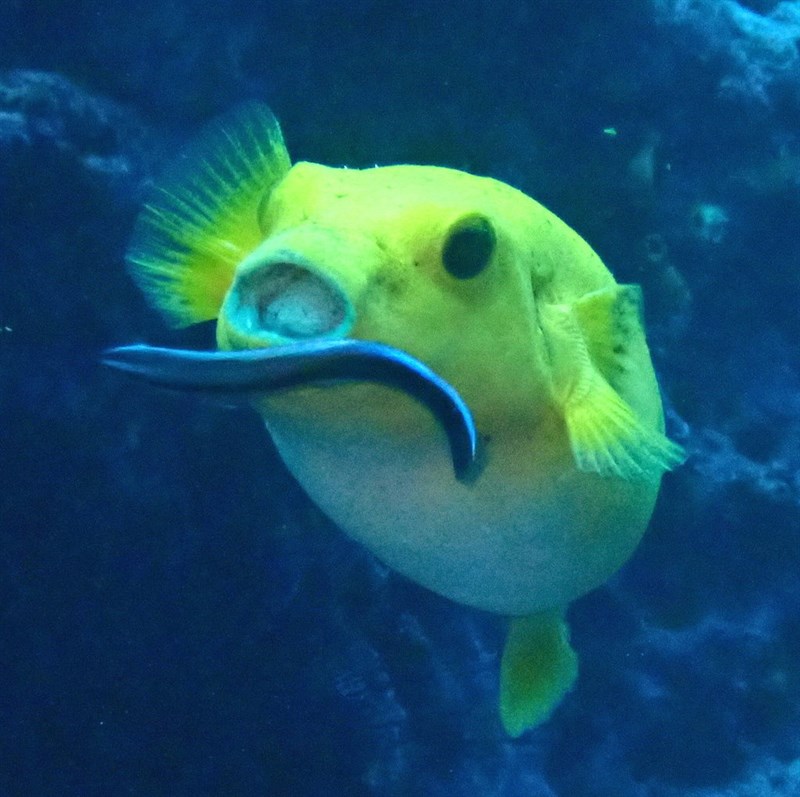Cymothoa pulchrum is a species of parasitic isopod crustacean belonging to the family Cymothoidae. These crustaceans are commonly known as “tongue-eating lice” due to their unique parasitic behavior.
Description and Characteristics
Cymothoa pulchrum exhibits a typical isopod body form, with a flattened, segmented body. The adults typically reach a maximum size of around 10 millimeters in length, making them relatively small compared to other isopods. Their coloration is often described as grayish-brown, and they have a pair of prominent antennae.
Habitat and Occurrence
Cymothoa pulchrum is primarily found in marine environments, typically inhabiting the waters of the eastern Pacific Ocean. This species is particularly prevalent in the coastal waters off the coast of California, where it thrives in shallow, rocky habitats. They are also found in warmer waters, indicating a wide distribution across various marine zones.
Taxonomy
Cymothoa pulchrum is classified within the animal kingdom, belonging to the phylum Arthropoda, specifically within the Class Malacostraca, which encompasses a diverse range of crustaceans. Further categorization places it within the Order Isopoda, a group characterized by flattened bodies and a distinctive segmented structure. Finally, Cymothoa pulchrum is part of the Family Cymothoidae, known for their parasitic lifestyle and specialized adaptations for living on fish hosts.
Feeding
Cymothoa pulchrum is a parasitic isopod, and its feeding habits are unique and fascinating. These crustaceans typically target fish hosts, seeking out their gill chambers or oral cavities. Once inside, Cymothoa pulchrum will attach itself to the fish’s tongue, eventually replacing it entirely. This remarkable process occurs as the isopod feeds on the fish’s blood and tissue, causing the tongue to atrophy. The Cymothoa pulchrum will then assume the role of the fish’s tongue, allowing it to continue feeding on the fish’s blood and mucus. The fish is not significantly harmed by this process, and the isopod can live for several years within its host.

Image References